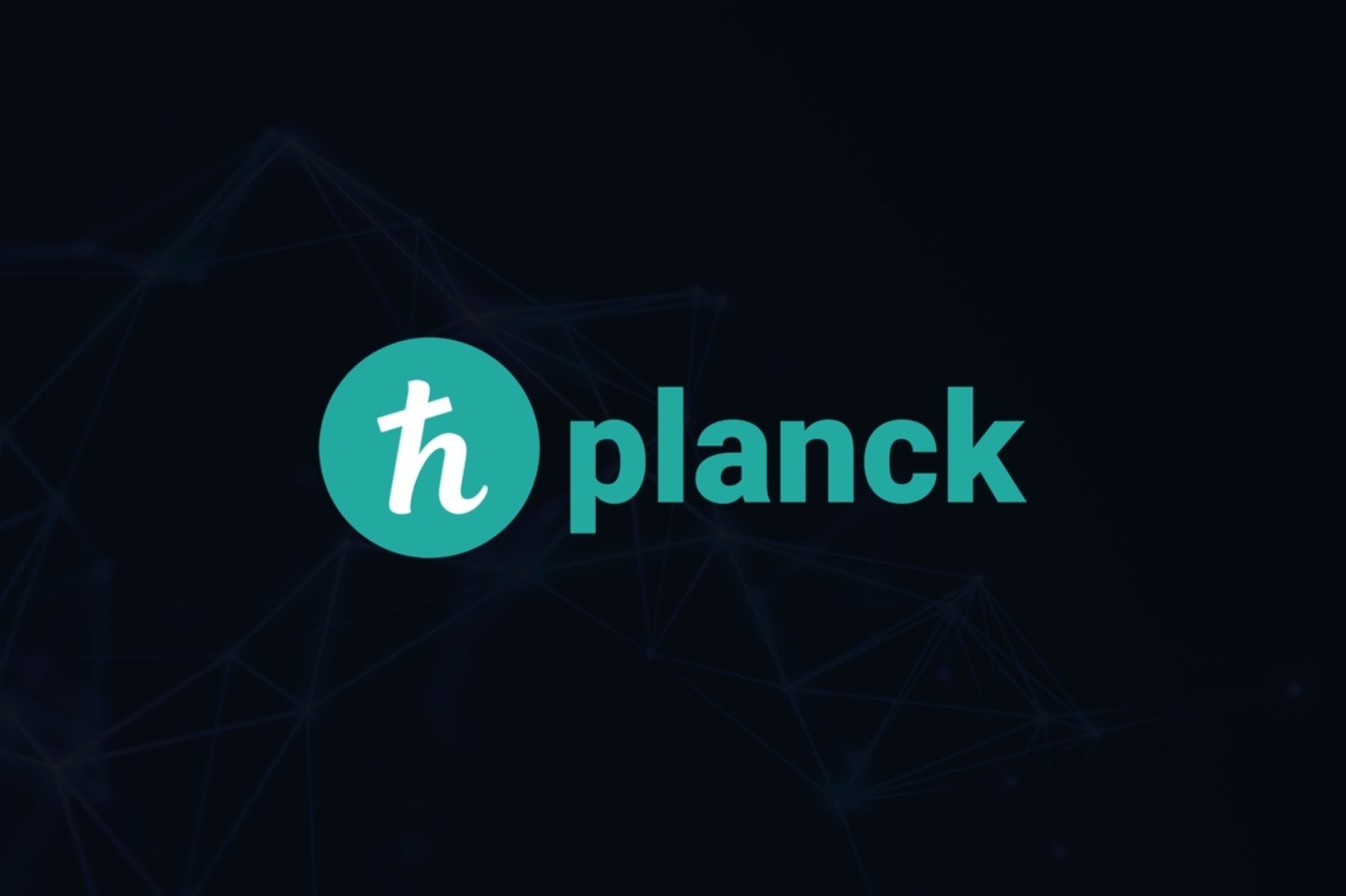This content is provided by a sponsor
DUBAI — June 2025 — Planck Network, a modular AI infrastructure protocol powering the next wave of decentralized compute, today announced a strategic investment from Web3 pioneers Brock Pierce and Scott Walker, through their venture vehicle, DNA Fund.
Pierce and Walker are among the most influential figures in the blockchain industry, having helped shape the very foundation of Web3. Brock Pierce is best known as the Co-founder of Tether (USDT), the first and largest stablecoin in the world with over $100 billion in circulation, and Co-founder of EOS, which raised over $4 billion in the largest token sale in crypto history. Scott Walker, an early backer of Ethereum and a key force behind multiple billion-dollar crypto projects, is the Managing Partner of DNA Fund, a venture firm that has backed more than 100 blockchain startups, including trailblazers in infrastructure, DeFi, and enterprise adoption.
This investment comes as Planck gears up for its Token Generation Event (TGE) in October 2025, having already deployed over $60 million in GPU infrastructure across Tier 3 and Tier 4 data centers globally.
“Planck is what real-world infrastructure looks like. You’re building the rails,”— Brock Pierce, Co-founder of Tether (USDT) and EOS.
“Planck is the most complete infrastructure stack I’ve seen in DePIN,”— Scott Walker, early Ethereum investor and DNA Fund Managing Partner.
A new category of AI x Web3 infrastructure
Planck is creating the foundational infrastructure for decentralized AI applications, agent economies, and DePIN protocols. Its unified modular stack includes:
Planck₀ – A modular Layer 0 protocol for launching AI-native L1s and DePINs with shared security and interoperability
Planck₁ – A compute-native Layer 1 chain offering direct access to decentralized GPU workloads and AI model execution
GPU Console – A bare-metal cloud for spinning up H100/H200 clusters in minutes
AI Studio – A no-code environment for training, fine-tuning, and deploying foundation models on-chain
Already in production across multiple regions, Planck offers cloud-native functionality like load balancing, elastic scaling, and managed Kubernetes and Ray clusters—delivering a 90% cost reduction compared to traditional hyperscalers like AWS and GCP.
Institutional grade compute, real-world adoption
Planck has rapidly emerged as the infrastructure backbone for next-gen decentralized AI. Its ecosystem is powered by:
Over $1M in platform revenue to date
116,000+ wallets and community members
GPU infrastructure live in Tier 3/4 data centers worldwide
Support from cloud-native features like auto-scaling, logging, monitoring, and high-availability SLAs via full-suite GPU Console
Notably, Planck’s dual-token revenue model includes fiat payments from AI clients, a portion of which is used to buy back and burn PLANCK tokens—creating natural buy pressure and long-term value alignment between infrastructure demand and token utility.
Backed by proven builders and leading capital
Planck’s team draws from leading organizations including Google Cloud, Nvidia, Coinbase, NEAR, Polkadot, Decentraland, CoinDCX, and Techstars.
The project is supported by top-tier partners and investors such as:
DNA Fund (Brock Pierce, Scott Walker)
GDA Capital
DePIN X Capital
Rollman Management
Arcanum Ventures
Nexus Fusion Capital
10+ more VCs
25+ angel investors
And over 100 leading KOLs globally
Planck has also received grants from Microsoft, AWS, Nvidia, and Google, further validating its role as a category-defining platform at the intersection of cloud, AI, and blockchain.
What’s next
Planck will officially launch Planck₀ at the end of 2025 and Planck₁ two months after its TGE. These milestones will be accompanied by:
The onboarding of the first cohort of sovereign AI L1s and DePIN chains
Co-staking functionality for token holders to earn alongside GPU operators
Developer and enterprise access to advanced AI and compute infrastructure at unprecedented cost-efficiency
“This is not another cloud project or token network. This is a complete infrastructure layer for the next generation of AI,” said former Chief Investment Officer of Gate Maurice Ng, Strategic Advisor at Planck.
About Planck
Planck Network is the decentralized AI infrastructure stack of Web3. By combining a modular Layer 0 protocol with a GPU-native Layer 1 chain and bare-metal compute, Planck enables the next generation of AI apps, DePIN protocols, and infrastructure primitives.
Whitepaper: https://resources.plancknetwork.com/learn-more/white-paper
Website: https://plancknetwork.com
Resources: https://resources.plancknetwork.com
Media Contact:
founders@plancknetwork.com
@PlanckNetwork on Twitter/X
